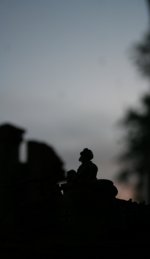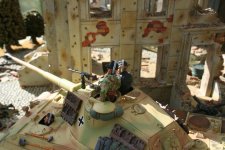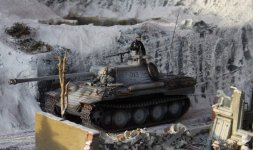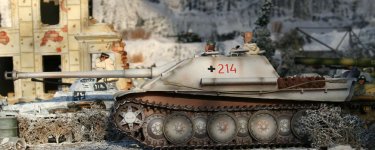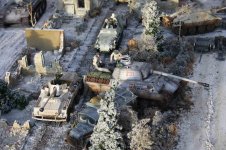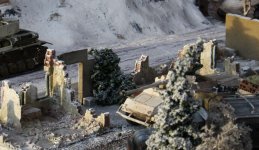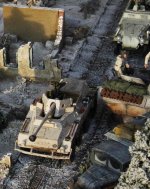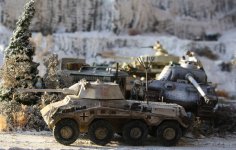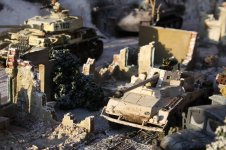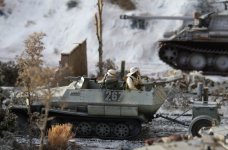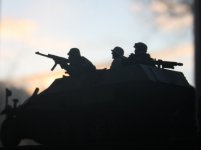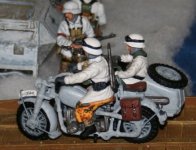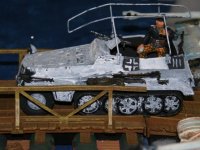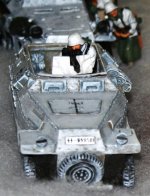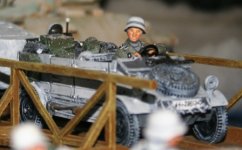Josef “Sepp” Dietrich had the appropriate
political qualifications to ensure
Hitler’s trust but, on his military record,
hardly those meriting command of the
main striking force in the great counteroffensive.
By profession a butcher,
Dietrich had learned something of the
soldier’s trade in World War I, rising to
the rank of sergeant, a rank which attached
to him perpetually in the minds
of the aristocratic members of the German
General Staff. He had accompanied
Hitler on the march to the Feldherrnhalle
in 1923 and by 1940 had risen to
command the Adolf Hitler Division,
raised from Hitler’s bodyguard regiment,
in the western campaign.
After gaining considerable reputation in
Russia, Dietrich was brought to the west
in 1944 and there commanded a corps
in the great tank battles at Caen. He
managed to hang onto his reputation
during the subsequent retreats and
finally was selected personally by Hitler
to command the Sixth Panzer Army. Uncouth,
despised by most of the higher
officer class, and with no great intelligence,
Dietrich had a deserved reputation
for bravery and was known as a
tenacious and driving division and corps
commander. Whether he could command
an army remained to be proven.

The attack front assigned the Sixth
Panzer Army, Monschau to Krewinkel,
was narrower than that of its southern
partner because terrain in this sector
was poor at the breakthrough points and
would not offer cross-country tank going
until the Hohes Venn was passed.
The initial assault wave consisted of one armored
and one infantry corps. On the
south flank the I SS Panzer Corps
(Generalleutnant der Waffen-SS Hermann
Priess) had two armored divisions,
the 1st SS Panzer and the 12th SS Panzer,
plus three infantry divisions, the 3d
Parachute, the 12th Volks Grenadier,
and the 277th Volks Grenadier.

